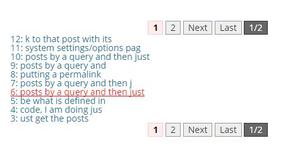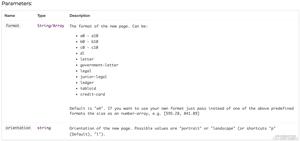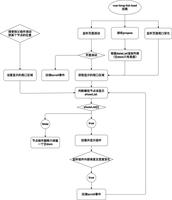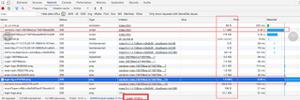如何在base R中执行tukey HSD?
在进行事后分析时,您必须记住的第一件事是,必须拒绝方差分析的原假设,以便我们可以断言组均值存在差异。现在,一旦我们实现了可以通过使用基本R中的TukeyHSD函数简单地执行tukey HSD。
示例
考虑以下数据帧-
x1<-rep(LETTERS[1:4],5)y1<-rep(c(5,2000,30,99),5)
df1<-data.frame(x1,y1)
df1
输出结果
x1 y11 A 5
2 B 2000
3 C 30
4 D 99
5 A 5
6 B 2000
7 C 30
8 D 99
9 A 5
10 B 2000
11 C 30
12 D 99
13 A 5
14 B 2000
15 C 30
16 D 99
17 A 5
18 B 2000
19 C 30
20 D 99
示例
进行方差分析-
ANOVA<-aov(y1~x1,data=df1)summary(ANOVA)
输出结果
Df Sum Sq Mean Sq F value Pr(>F)x1 3 14361185 4787062 1.07e+32 <2e-16 ***
Residuals 16 0 0
---
Signif. codes: 0 ‘***’ 0.001 ‘**’ 0.01 ‘*’ 0.05 ‘.’ 0.1 ‘ ’ 1
示例
执行tukey HSD-
TukeyHSD(ANOVA)
输出结果
Tukey multiple comparisons of means95% family-wise confidence level
Fit: aov(formula = y1 ~ x1, data = df1)
$x1
diff lwr upr p adj
B-A 1995 1995 1995 0
C-A 25 25 25 0
D-A 94 94 94 0
C-B -1970 -1970 -1970 0
D-B -1901 -1901 -1901 0
D-C 69 69 69 0
示例
考虑基数R中的PlantGrowth数据-
str(PlantGrowth)
输出结果
'data.frame': 30 obs. of 2 variables:$ weight: num 4.17 5.58 5.18 6.11 4.5 4.61 5.17 4.53 5.33 5.14 ...
$ group : Factor w/ 3 levels "ctrl","trt1",..: 1 1 1 1 1 1 1 1 1 1 ...
示例
head(PlantGrowth,20)
输出结果
weight group1 4.17 ctrl
2 5.58 ctrl
3 5.18 ctrl
4 6.11 ctrl
5 4.50 ctrl
6 4.61 ctrl
7 5.17 ctrl
8 4.53 ctrl
9 5.33 ctrl
10 5.14 ctrl
11 4.81 trt1
12 4.17 trt1
13 4.41 trt1
14 3.59 trt1
15 5.87 trt1
16 3.83 trt1
17 6.03 trt1
18 4.89 trt1
19 4.32 trt1
20 4.69 trt1
进行方差分析-
示例
ANOVA<-aov(weight~group,data=PlantGrowth)summary(ANOVA)
输出结果
Df Sum Sq Mean Sq F value Pr(>F)group 2 3.766 1.8832 4.846 0.0159 *
Residuals 27 10.492 0.3886
---
Signif. codes: 0 ‘***’ 0.001 ‘**’ 0.01 ‘*’ 0.05 ‘.’ 0.1 ‘ ’ 1
示例
执行tukey HSD-
TukeyHSD(ANOVA)
输出结果
Tukey multiple comparisons of means95% family-wise confidence level
Fit: aov(formula = weight ~ group, data = PlantGrowth)
$group
diff lwr upr p adj
trt1-ctrl -0.371 -1.0622161 0.3202161 0.3908711
trt2-ctrl 0.494 -0.1972161 1.1852161 0.1979960
trt2-trt1 0.865 0.1737839 1.5562161 0.0120064
以上是 如何在base R中执行tukey HSD? 的全部内容, 来源链接: utcz.com/z/350134.html

![如何在Go中将[]byte转换为io.Reader](/wp-content/uploads/thumbs/266064_thumbnail.jpg)







